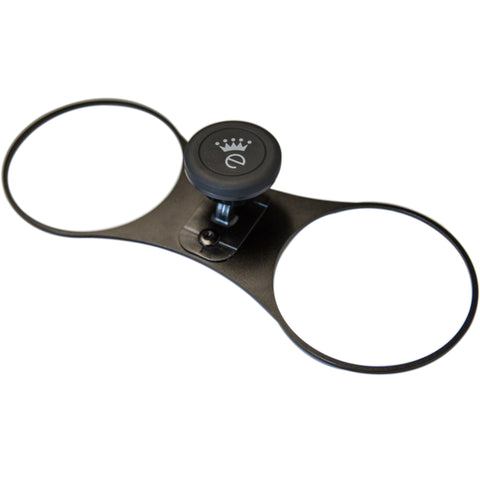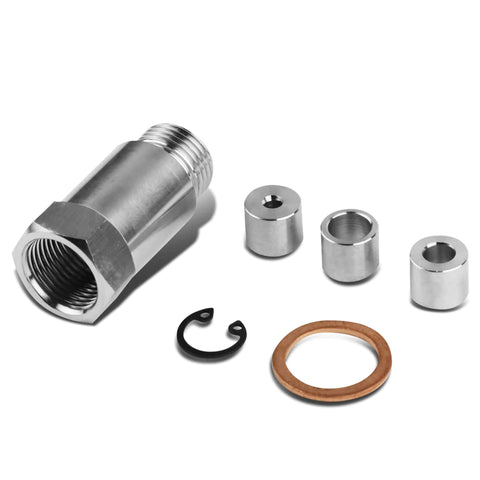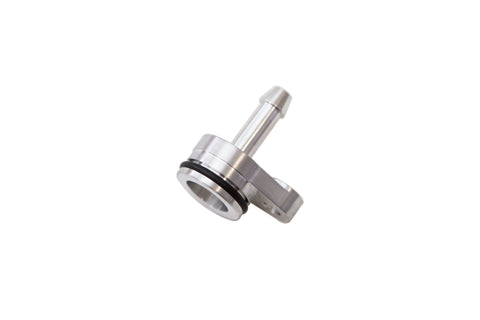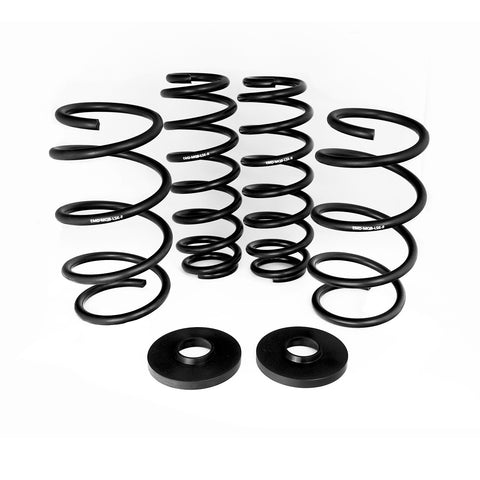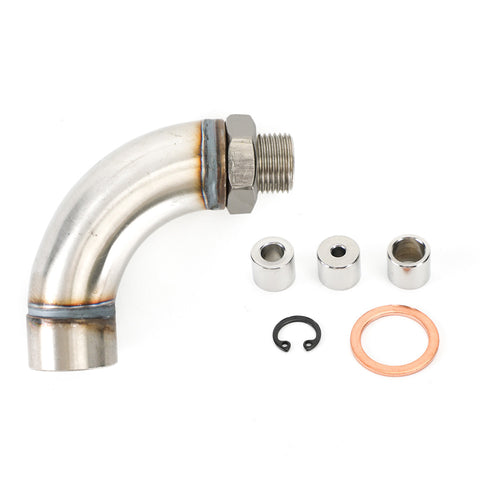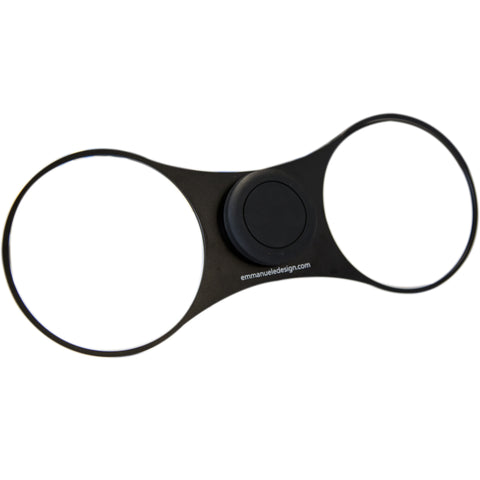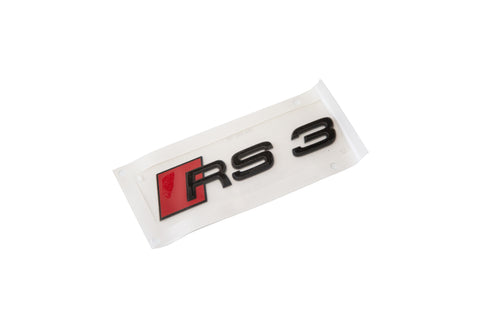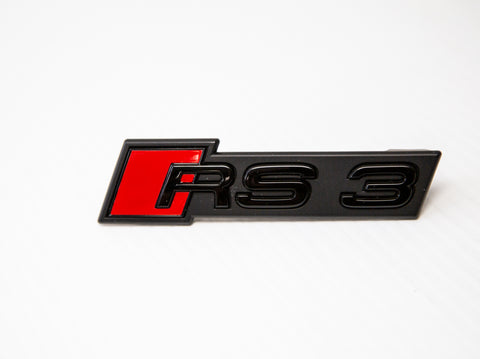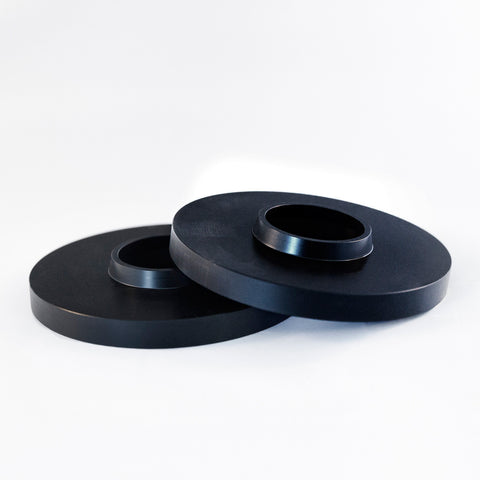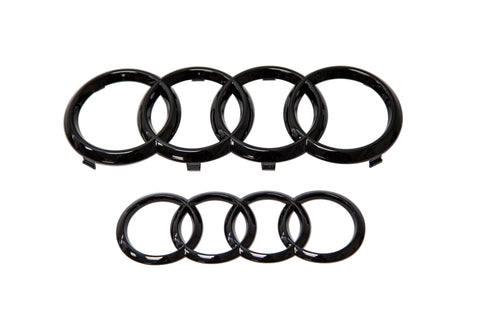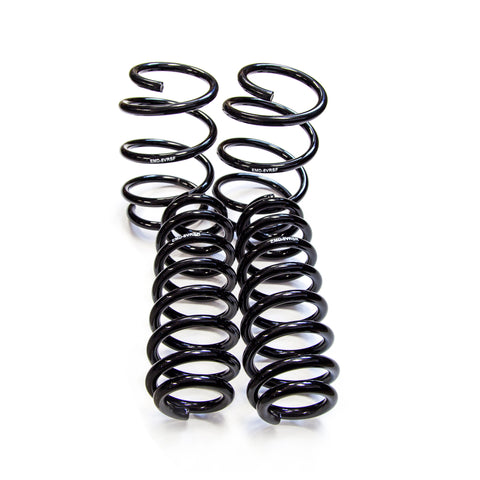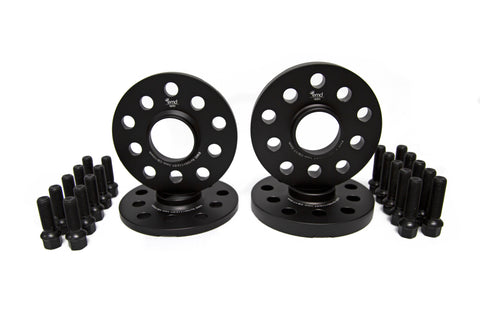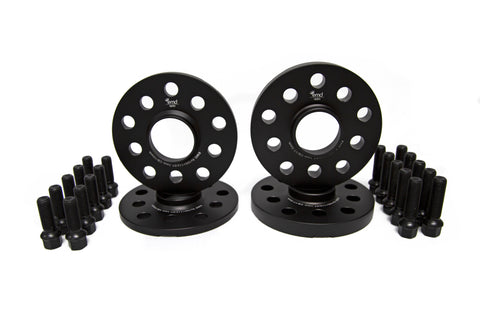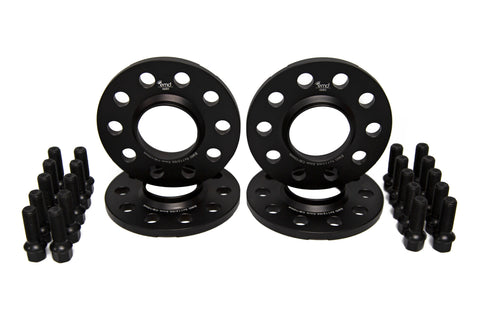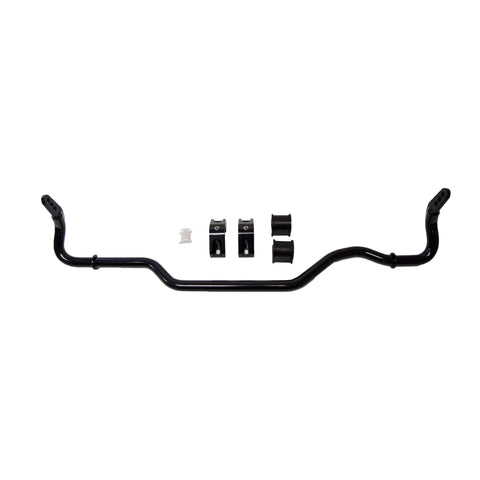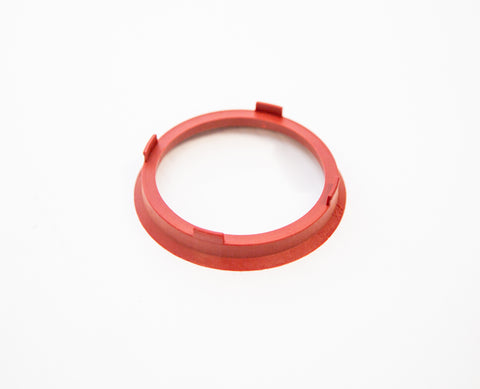VTT/TURBOSMART AUDI DAZA/DNWA Dual-Port IWG
VTT
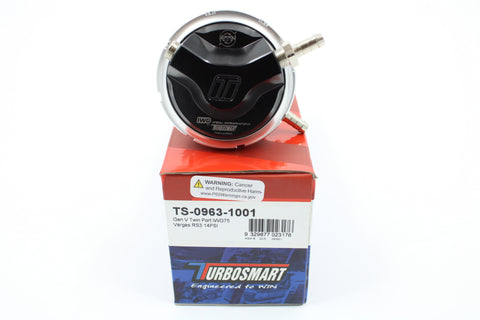
VTT is excited to announce our exclusive partnership with Turbosmart to provide all DAZA/DNWA users with a unique wastegate option. This a unique VTT/TS part number, and will only be available through VTT, and our dealers. This IWG will work with ALL stock style housing or stock housing drop-in units for the DAZA/DNWA platform including but not limited to VTT, TTE, SRM, IROZ, PURE
The VTT/TS Dual-Port IWG is a direct bolt-on and will give the user EWG like control with IWG ease of install and versatility. This IWG is unique in that it uses the Turbosmart sealed dual-port design to allow you to provide pressure to the top AND bottom of the IWG. Other companies have tried this in the past, and the results were underwhelming with leaking diaphragms and poor results. This IWG fixes all those past issues and allows true EWG type control from an IWG.
Why is this important for the DAZA/DNWA? Well, we all know how fragile these engines can be, and even when built with proper tuning can have issues. When going to a hybrid which may require you to switch to a normally closed boost actuated set up in order to get the boost you need you MUST have an IWG with an extremely stiff spring, this means you essentially lose your low boost capacity. For example, if you want to run 40PSI+, your spring pressure will most likely leave you with a MINIMUM boost pressure of 20-25 psi. What does this mean? Well a couple of things, first of all, this means if you want to do boost by gear, etc, your minimum boost level is still very high, secondly and possibly more important if something goes wrong even if you have safeties in place you will never make less than the minimum boost dictated by the spring. So if a lean safety is triggered you are not dropping boost below spring level.
Now on a dual-port system since you can provide pressure to the Top, AND bottom of the diaphragm. You can run a very light spring, with a minimum boost pressure of say 3-5 psi, and still, get your high boost capacity. The reason being is since you can use a boost reference on both ports you can use this boost to hold the flapper closed until desired boost pressure is reached, the solenoid will then vary the pressure to the top and bottom ports to keep the boost at the desired level. An extremely stiff spring is not required any longer. This type of actuation has been Specifically limited to EWG’s in the past, but Turbosmart has outdone themselves on this design to allow true versatility to your DAZA/DNWA boost control scheme without the hassle of an EWG setup.
Turbosmart has also made other innovations on the actuator but using an industry-first Swivel mount on the arm base to ensure smooth engagement/movement even if you cannot get 100% perfect alignment. This means mounting and adjusting a breeze. These IWG’s are ALSO compatible with Turbosmarts Sensor cap technology so you can monitor exactly what your VTT/TS IWG is doing. This is the newest IWG technology with Sensor Cap compatibility and our Gen-V Diaphragm material that handles over 220 psi of continuous pressure
The IWG comes with:
- All hardware for a direct install
- IWG disassembly tool
- 4 springs to vary cracking pressure level
- 5 – PSI Inner
- 7 – PSI Inner
- 10 – PSI Middle
- 14 – PSI Outer
Mix, and match the springs to get your desired minimum pressure level, remember maximum boost level can be elevated with the use of a 4-Port Mac Valve. IE 5 psi spring with 30+ PSI different pressure on the bottom of the actuator will make 40PSI, and still have a low minimum boost threshold for boost safeties, boost by gear, etc.
We frequently pair this wastegate with larger hybrid turbos such as the TTE777 and TTE855, for better boost control. Tuning changes are required for this.
PLEASE NOTE: The price of $275 listed is for the IWG only, this upgrade will REQUIRE either a 3 or 4 port Mac solenoid, and proper tuning changes to be properly implemented. Also please keep in mind, keeping your flapper closed under elevated backpressure usually results in more top-end boost, and power, but can also put extra strain on the turbocharger due to elevated backpressure levels. This can shorten turbo life, or cause turbo failure.




